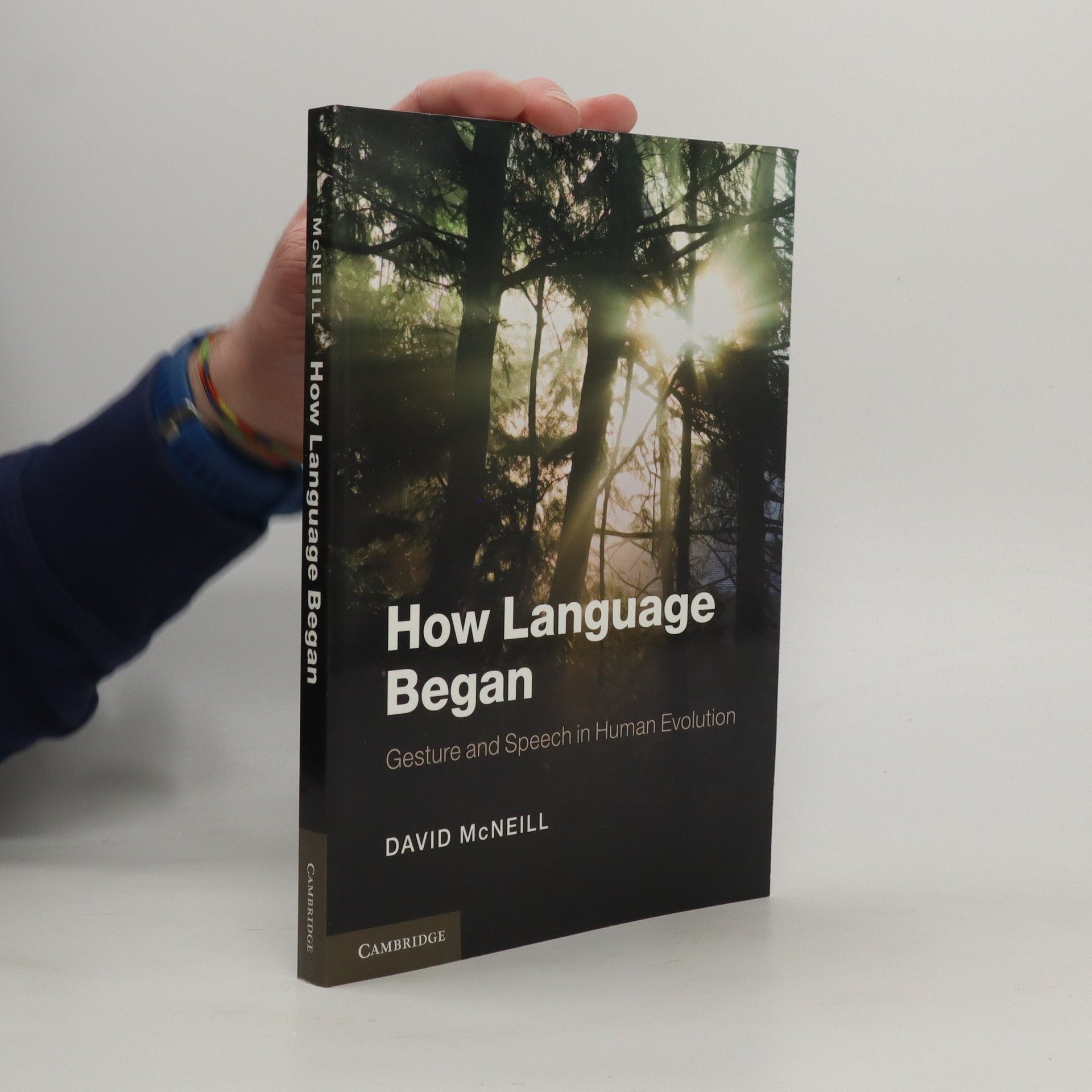Hand and Mind. What Gestures Reveal about Thought
- 423 páginas
- 15 horas de lectura
Using data from more than ten years of research, David McNeill shows that gestures do not simply form a part of what is said and meant but have an impact on thought itself. Hand and Mind persuasively argues that because gestures directly transfer mental images to visible forms, conveying ideas that language cannot always express, we must examine language and gesture together to unveil the operations of the mind.




